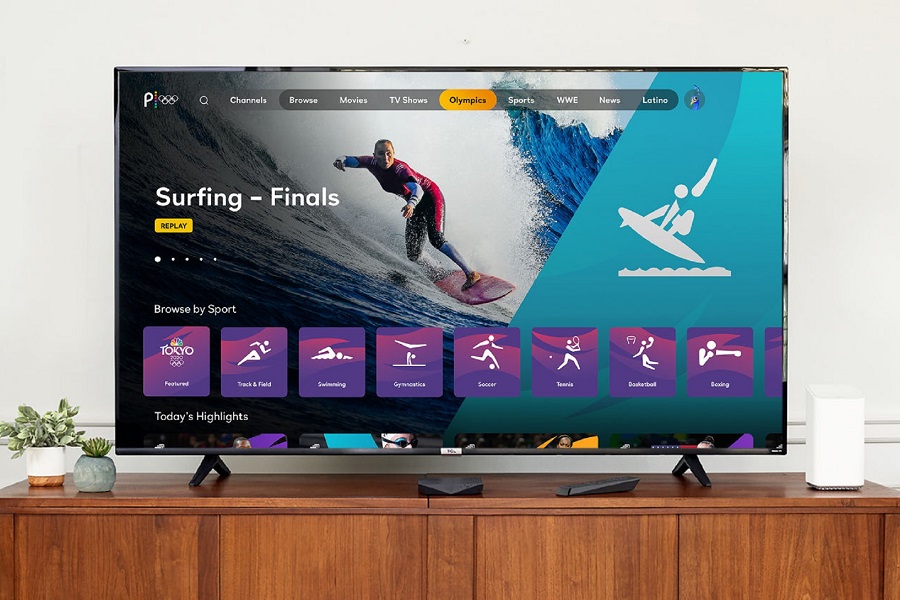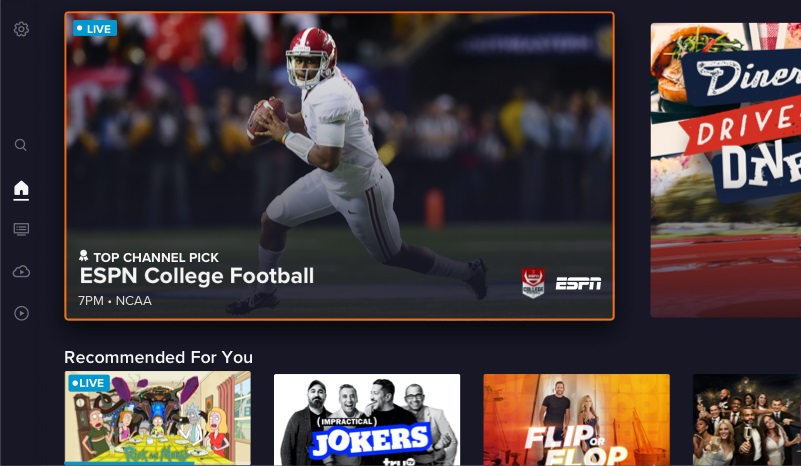
Cord Cutter Weekly turns five!
Five years ago this week, I sent out the first public issue of Cord Cutter Weekly.
Back then, Netflix had a lot less competition, Sling TV and PlayStation Vue were the only two options for live TV streaming, and three quarters of all U.S. households still had cable or satellite TV. So much has changed since then—for one thing, nearly half of households are cable-free now—and I’ve never tired of chronicling it all.
I often refer to Cord Cutter Weekly as a labor of love, but the truth is that forging this direct connection with readers has been tremendously rewarding. You’ve given me countless story ideas for my TechHive columns, gifted me with ample supplies of metaphorical coffee, and allowed me to build a second newsletter in Advisorator, which has become a thriving publication for all kinds of tech advice.
It’s anyone’s guess what the next five years will bring for streaming and over-the-air TV, but I’ll continue to cover the news, good and bad, as best I can. Thanks so much for reading along.
This week on TechHive: Streaming the Olympics, then and now

Entirely by coincidence, this week’s TechHive column also contains an element of looking back. With the Tokyo Olympics starting today, I thought it’d be interesting to survey how much has changed for cord cutting since 2018’s Winter Olympics in Pyeongchang.
I can’t say the changes have been entirely positive. Live TV streaming services have ballooned in price over the past few years, and they no longer cover every event as some coverage is now moving to Peacock. By my calculations, those who want access to every televised event will need to pay twice as much as they did last time around.
It’s not all bad news, though. While full Olympic coverage is much more expensive, this year’s games will also have more to watch for free or cheap, and streaming platforms will be better at helping you figure out what to watch in the first place. The question, as always with cord-cutting, is how much coverage you’re willing to forgo to save money. Read the full column on TechHive.
Weekly rewind
Verizon’s surcharge-laden streaming apps: Verizon Fios is no longer making customers watch TV on its own set-top boxes with the launch of new apps for Apple TV and Amazon Fire TV devices. The apps offer all the same features as Verizon’s boxes, including on-demand video and DVR support.
Unfortunately, they’re also loaded with gotchas: Verizon’s charging $20 per month just to access them—that price covers as many devices as you care to connect—and you have to hook up at least one of Verizon’s Fios TV One set-top boxes regardless. You also won’t be able to access DVR or certain channels without a Verizon router.
As Rob Pegoraro points out, the streaming apps are only a better deal if you’re replacing at least three rented Verizon boxes, otherwise you’re better off paying Verizon’s per-box rental fees instead. Once again I’m wishing the FCC hadn’t deemed cable box competition rules to be completely unnecessary.
Sling’s app overhaul expands: Sling TV is continuing to roll out the big redesign that I wrote about last month. It should be available on all Fire TV devices now, and it’s coming to all Roku players at the end of August.

The upgrade adds numerous improvements to the grid guide, home screen, and on-demand menu, and it just makes the app more pleasant to look at. Sling also seems to have resolved the worst of the performance issues I experienced in a pre-release version of the app, so you can scroll through the grid guide without any excruciating delays. There’s still no release timing for other platforms beyond Roku and Fire TV, but Sling has said it plans to add more support throughout the year.
CNN’s streaming half-measures: CNN has confirmed its widely-rumored plans to launch a standalone streaming service next year, but as expected, that service won’t include a live stream of the network’s cable channel. Instead, CNN+ will offer a parallel lineup of content that doesn’t appear on cable at all. It’s an attempt preserve the money CNN makes through TV bundles while extracting a little extra from news junkies and cord cutters. (Or news junkie cord cutters.)
Whether it’ll succeed is another matter. Vox’s Peter Kafka has a great explainer on the potential pitfalls of CNN’s double-dip strategy, and I’ve previously written about how all the news channels are trying to walk a similar tightrope. As more people will continue to ditch their pay TV bundles outright, the lines between these channels’ cable and streaming versions will have to blur.
Watchlists on Android TV: Google is bringing watchlist support to Android TV devices, such as Sony smart TVs and the Nvidia Shield TV. That means you’ll be able to bookmark shows from services like Hulu, Disney+, HBO Now, and Amazon Prime Video, then access them all from a single menu. Once the feature rolls out, you’ll find it in the “Discover” section of the home screen. (You can also add items to the watchlist through Google search; just look for the “Watchlist” button in the results after searching for a movie or show.)
It’s another example of Google making Android TV more like Google TV, which is a sentence that takes entire paragraphs to fully unpack, but it boils down to Google ensuring a similar experience on both older and newer devices that run its TV operating system.
More catch-up
- Locast brings cheap local channel streaming to Pittsburgh.
- FuboTV will stream the Olympics in 4K at no extra charge, but only in five cities.
- Got a PlayStation 5? Get six months of Apple TV+ for free.
- Hulu’s live TV streaming bundle now works on Comcast’s streaming boxes.
- AT&T TV’s Apple TV app finally lets you pause and rewind on live broadcasts.
- Vudu and FandangoNow are consolidating into one service.
- Altice wants Optimum and Suddenlink internet customers it rent its new streaming box for $5 per month. Good luck with that!
Save more money

Over at Best Buy, Amazon’s Fire TV Cube has dropped to $80, a $40 discount and the lowest price since Black Friday. This is Amazon’s fastest streaming player by far, and it has built-in microphones for responding to voice commands, so you can ask Alexa to turn the TV on, control the volume, launch videos, or tune to live channels in certain apps. Here’s my review.
A decent number of other streaming devices are also on sale today:
- Fire TV Stick 4K at Best Buy for $25 (reg. $50).
- Fire TV Stick at Best Buy for $23 (reg. $40)
- Apple TV 4K at Amazon for $169 (reg. 179), or $180 for the 64 GB model.
- Roku Express 4K+ for $29 (reg. $40)
- Roku Streaming Stick+ for $39 (reg. $50)
- Roku Streambar for $99 (reg. $130)
Thanks for reading!
If you didn’t catch it live last week, here’s the replay of my appearance on the Reviews.org YouTube channel, where I had fun chatting with Craig Hanks about the pitfalls of sketchy IPTV services. I’m fairly certain he reads the newsletter, so thanks for having me, Craig!
And once more with feeling: Thanks to all of you for making the last five years of newslettering possible. As always, I’m happy to hear about your questions, comments, and feedback on where to take this newsletter next, so just reply to this email to get in touch.
Until next week,
Jared
